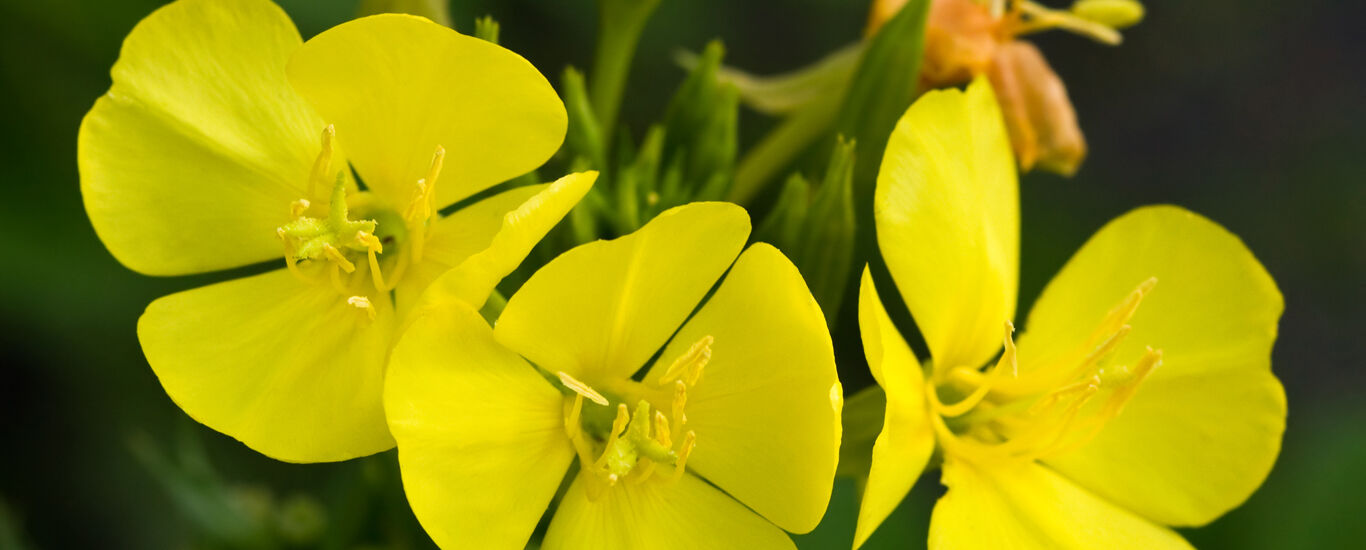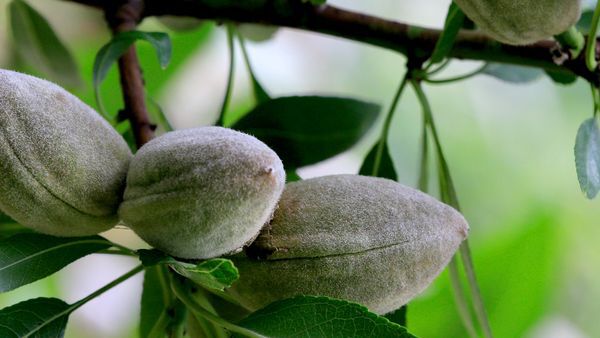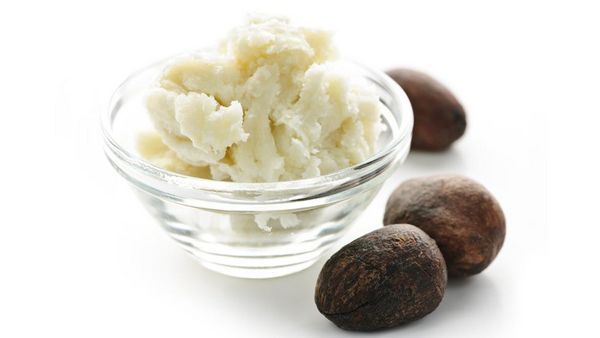

Huile d'onagre
Evening primrose is a biennial herbaceous plant, sowing takes place in July and harvesting in September of the next year. The seeds contain up to 20 percent fatty oil, the evening primrose oil.
At the beginning of the 20th century, it was discovered at the University of Würzburg that evening primrose oil contains gamma-linolenic acid, which is rarely found in the plant world. Thus, evening primrose oil is one of the few vegetable oils that contain gamma-linolenic acid.
In addition to gamma-linolenic acid, the oil mainly contains linoleic acid. Specifically, the oil of the species Oenothera biennis consists of up to 75 percent essential linoleic acid and up to 12 percent gamma-linolenic acid. Both fatty acids are called polyunsaturated and belong to the omega-6 series ¹.
The barrier function of the skin
Linoleic acid is essential for maintaining epidermal barrier function because it is an important building block of skin's own ceramides (ceramide 1 [EOS], ceramide 4 [EOH], ceramide 9 [EOP]), which are found in the skin barrier where they provide stability and cohesion. The essential linoleic acid should therefore be added externally to ensure optimal function of the epidermal barrier and thus keep the skin healthy, sufficiently hydrated, elastic, supple and resistant. In addition, in this context, disorders of the barrier function have been demonstrated in specific skin conditions, such as very dry elderly skin or skin with a tendency to neurodermatitis ².
Gamma-linolenic acid is not formed enzymatically from linoleic acid in the epidermis - in contrast to other body tissues - but is also to be regarded as an essential fatty acid in terms of skin physiology. It must therefore also be supplied to the skin. Gamma-linolenic acid fulfills numerous functions, whereby the anti-inflammatory property is of great importance especially for the care of very dry, irritated and barrier-disturbed skin.
Against this background, the topical use of evening primrose oil is very useful and helpful. Cosmetically applied evening primrose oil has a regenerating and stabilizing effect on the skin barrier due to its high content of linoleic acid, and thus has a moisturizing effect. Especially in skin conditions associated with a reduction of linoleic acid in the skin barrier (stratum corneum), such as neurodermitic (atopic) skin, skin care products with a high concentration of evening primrose oil ³ are recommended.
To the point
In summary, the polyunsaturated fatty acids contained in evening primrose oil increase the resistance and integrity of the skin barrier, ensuring highly hydrated, elastic and supple skin. Care products with evening primrose oil also have a skin-soothing, anti-inflammatory effect and thus serve to maintain the health of stressed skin with a tendency to dryness and neurodermatitis.
- Bolli R (2005): Oenothera biennis - the evening primrose and its seed oil. On the history, botany and phytochemistry of an extraordinary neophyte in flora and medicine. Phytotherapy 2: pp. 6-11
- Coderch L, López O, de la Maza A, Parra JL (2003): Ceramides and skin function. Am J Clin Dermatol 4: pp. 107-129.
- Gehring W, Bopp R, Rippke F, Gloor M (1999): Effect of topically applied evening primrose oil on epidermal barrier function in atopic dermatitis as a function of vehicle. Drug Res 49: pp. 635-642.
This might also interest you:

Lisez tout sur le pouvoir de l'huile d'amande dans le Guide des plantes et des herbes.


